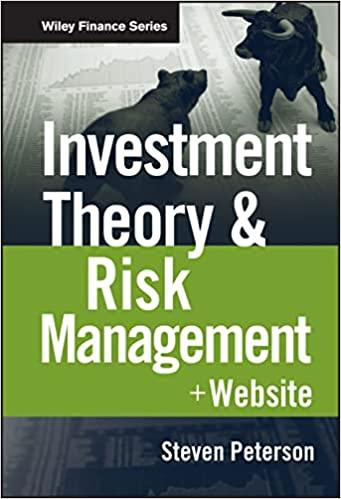Question
Scenario 4: Definition of a Liability CON 6 includes the following guidance defining liabilities. Liabilities 35. Liabilities are probable future sacrifices of economic benefits arising
Scenario 4: Definition of a Liability
CON 6 includes the following guidance defining liabilities.
Liabilities
35. Liabilities are probable future sacrifices of economic benefits arising from present
obligations of a particular entity to transfer assets or provide services to other entities
in the future as a result of past transactions or events.
Characteristics of Liabilities
36. A liability has three essential characteristics: (a) it embodies a present duty or
responsibility to one or more other entities that entails settlement by probable
future transfer or use of assets at a specified or determinable date, on occurrence
of a specified event, or on demand, (b) the duty or responsibility obligates a particular
entity, leaving it little or no discretion to avoid the future sacrifice, and (c)
the transaction or other event obligating the entity has already happened. Liabilities
commonly have other features that help identify themfor example, most liabilities
require the obligated entity to pay cash to one or more identified other entities and
are legally enforceable. However, those features are not essential characteristics of
liabilities. Their absence, by itself, is not sufficient to preclude an items qualifying
as a liability. That is, liabilities may not require an entity to pay cash but to convey
other assets, to provide or stand ready to provide services, or to use assets. And the
identity of the recipient need not be known to the obligated entity before the time
of settlement. Similarly, although most liabilities rest generally on a foundation of
legal rights and duties, existence of a legally enforceable claim is not a prerequisite
for an obligation to qualify as a liability if for other reasons the entity has the
duty or responsibility to pay cash, to transfer other assets, or to provide services to
another entity. [Footnotes omitted]
Scenario 4: Consider the following case excerpt from the FASBs discussion materials related to
the existing CON 6 liability definition:
Suppose a hospital has carried out a routine operation during which the patient died. If the
patients death was the result of hospital negligence, it is highly probable the hospital will
have to pay compensation to the patients dependents. The cause of death has not been
established.
. . . Is a present obligation created when:
a. the hospital determines it has been negligent?
b. the executors of the patients estate assert negligence occurred?
c. a court concludes that negligence has occurred?
4. Analyze this issue (please record the transaction)
Step by Step Solution
There are 3 Steps involved in it
Step: 1

Get Instant Access to Expert-Tailored Solutions
See step-by-step solutions with expert insights and AI powered tools for academic success
Step: 2

Step: 3

Ace Your Homework with AI
Get the answers you need in no time with our AI-driven, step-by-step assistance
Get Started


